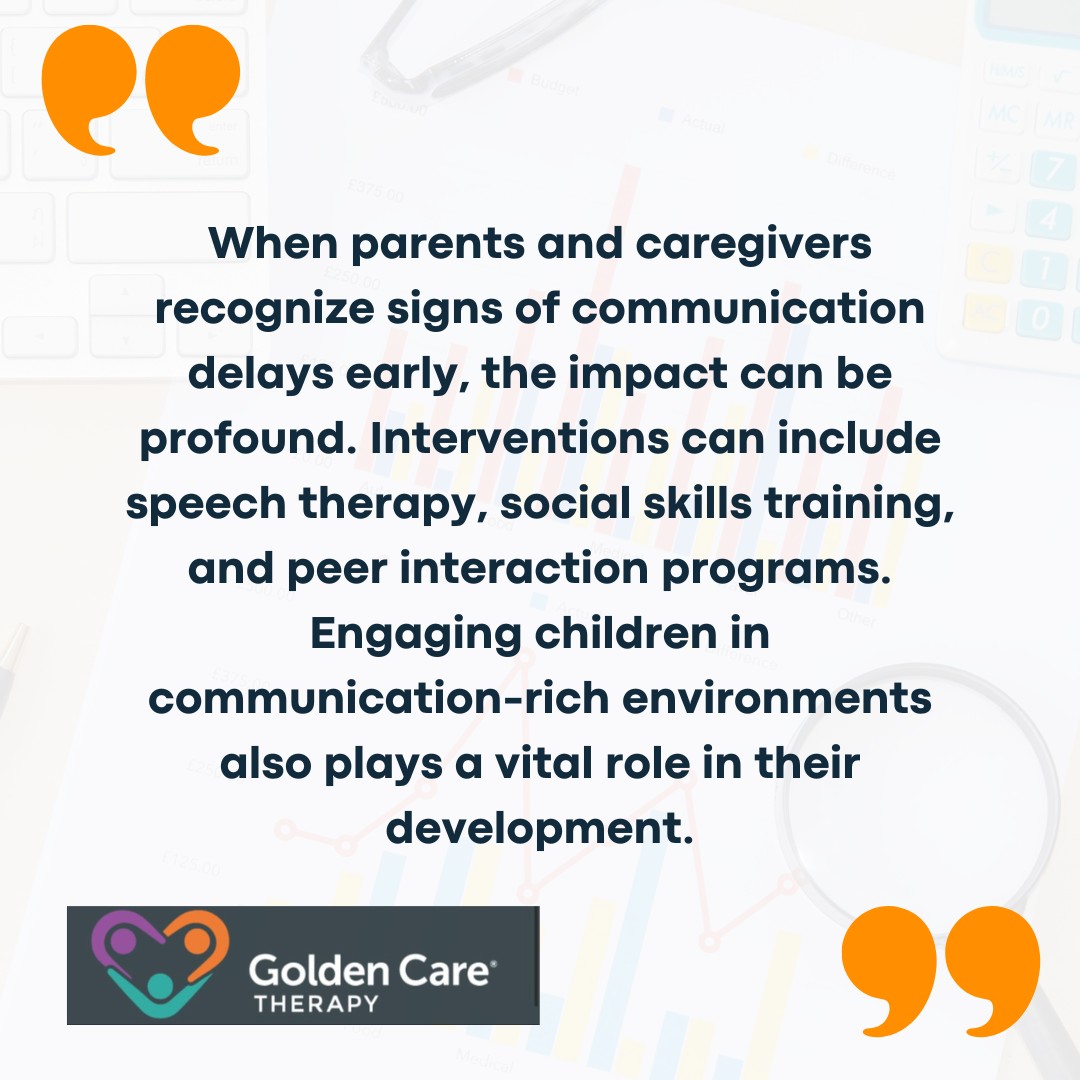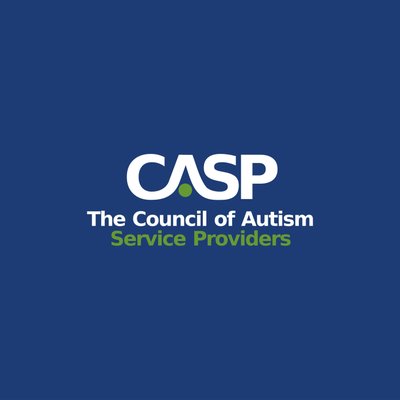Communication difficulties in children with autism can manifest in both verbal and nonverbal aspects. Understanding these challenges is essential for parents and caregivers in supporting effective communication strategies.
Children with autism often face various verbal communication hurdles. Common issues include:
- Speech Delays: Many individuals may exhibit delays in language development, impacting their ability to communicate effectively at an early age.
- Echolalia: Some children may repeat words or phrases they have heard, a phenomenon known as echolalia. This can be immediate or delayed and may not always lead to a meaningful conversation.
- Flat Tone: Verbal expression might sound monotone, lacking the intonation typically used in speech, making it challenging for others to interpret emotional context.
- Understanding Figurative Language: Children may struggle to grasp sarcasm, humor, or idioms, which can lead to misinterpretations and confusion during interactions.
Nonverbal Communication Struggles
Nonverbal communication poses its own set of challenges for children on the autism spectrum. Many children may have difficulty interpreting or using facial expressions effectively, leading to misunderstandings in social situations.
At the same time, recognizing and responding to body language cues can be challenging, resulting in awkward interactions and social disconnects. Moreover, maintaining eye contact during conversations might be uncomfortable or avoided altogether, which can hinder communication and connection with others.
Understanding these verbal and nonverbal communication difficulties is crucial for fostering effective interactions and promoting better understanding in social situations. Tailored support strategies can help navigate these challenges, emphasizing the need for an individualized approach to communication support.

Challenges in Social Interactions
The challenges faced in social interactions often stem from the combination of communication difficulties and sensory sensitivities. Autistic individuals may struggle with maintaining eye contact, interpreting facial expressions, and reading body language. These aspects are crucial for effective social communication.
Additionally, many individuals with autism interpret language literally, making it difficult to understand sarcasm, humor, or figurative language. As a result, they may misinterpret the intentions of others, leading to awkward or confusing social situations.
Moreover, autistic individuals may struggle to recognize emotions and intentions in others. This impairment affects their ability to interpret the underlying meaning or implications of conversations.
When faced with social cues, they may focus on the literal content of what is being said rather than inferring the speaker’s emotions or intentions.
These difficulties can lead to confusion during interactions, as autistic individuals might misinterpret cues, resulting in inappropriate responses and misunderstandings. This challenge is further compounded in dynamic social situations where multiple nonverbal cues are present.
In addition to understanding intentions, many autistic individuals find it challenging to interpret emotions expressed by others. This impairment can lead to missed social cues and hinder effective communication.
Individuals with autism often prioritize literal interpretations of language, making it difficult for them to grasp nuances such as humor and implied meanings.
Autistic individuals might misread or overlook facial expressions, making it harder to respond appropriately in social contexts. The result may be awkward interactions and feelings of isolation.
Understanding these impairments is crucial for parents, caregivers, and educators. By recognizing the communication difficulties in children with autism, strategies can be developed to support their social interactions and emotional understanding.
For further insights on how to manage challenging behaviors, including screaming fits, check out our article, “What You Should Know About Screaming Fits in Autistic Kids.” It offers practical strategies and expert advice for handling these situations effectively.
Diverse Communication Challenges
Understanding the unique challenges faced by individuals with autism in their communication can help parents and caregivers support their needs effectively. Here, we’ll look at two notable barriers: abstract language hurdles and processing sensory overload.
Abstract Language Hurdles
Individuals with autism often struggle with abstract language, prioritizing literal interpretations. This tendency can lead to difficulties in understanding sarcasm, humor, figurative language, and implied meanings that are often present in everyday conversations.
For example, a statement like “It’s raining cats and dogs” may be taken literally, confusing the listener.
These challenges can create barriers in social situations, as misinterpretations of language nuances can result in missed social cues and misread intentions. Individuals may excel in directness and attention to detail, which can sometimes enhance their communication strengths in other areas.
Processing Sensory Overload
Processing sensory overload is another significant hurdle for individuals with autism. Sensory sensitivities can lead to overwhelming experiences where sights, sounds, and other stimuli become too intense.
This overload can inhibit communication abilities, as it diverts attention away from interactions and makes focusing on conversations difficult.
For many, these sensory challenges can significantly impact their ability to engage socially or to express their needs and feelings verbally. Understanding these barriers allows for better support and accommodations to help facilitate meaningful interactions.
To further explore ways to support children facing developmental delays, check out our article, How to Help a Child with Developmental Delay. It offers practical strategies and insights to create an environment that promotes growth and communication.
Advancements in Autism Communication
Fortunately, the field of autism research has made significant strides in addressing the communication difficulties in children with autism. Focus on early detection of speech delays and advancements in communication technology has provided new avenues for support and improvement.
Early intervention is crucial for improving communication skills in children with autism. Research is ongoing to identify speech delays at younger ages, allowing for timely therapeutic support.
Recent studies suggest that early detection can drastically improve outcomes in verbal communication through specific interventions.
Technological advancements have also paved the way for improved communication in children with autism. Communication devices and applications help bridge the communication gap by offering various methods for expression.
These include speech-generating devices and apps that utilize picture exchange systems.
These tools can empower children by providing ways to articulate their needs and emotions, reducing frustration associated with communication barriers. Furthermore, ongoing research examines the influence of parental involvement on the effectiveness of these technologies.
Encouraging parents to engage actively with children using these tools enhances therapeutic outcomes significantly.
Conclusion
Children with autism face a wide range of communication challenges, from speech delays and difficulty understanding figurative language to struggles with nonverbal cues and sensory overload.
These hurdles can affect their ability to connect socially and express themselves clearly. However, with early intervention, tailored support, and the help of modern technology, meaningful progress is possible.
Understanding and addressing these unique needs allows parents, caregivers, and educators to play a powerful role in helping children with autism communicate more confidently and connect more deeply with the world around them. At Golden Care Therapy, we provide high-quality ABA services in Indiana, New Jersey, New York, Georgia, and Florida.
We have a dedicated team of professionals who work closely with families to ensure meaningful progress, using evidence-based techniques that make a real difference. We’re here to support your journey every step of the way. If you’re ready to take the next step, contact us today to learn how our personalized approach can help your child thrive.
Sources:




